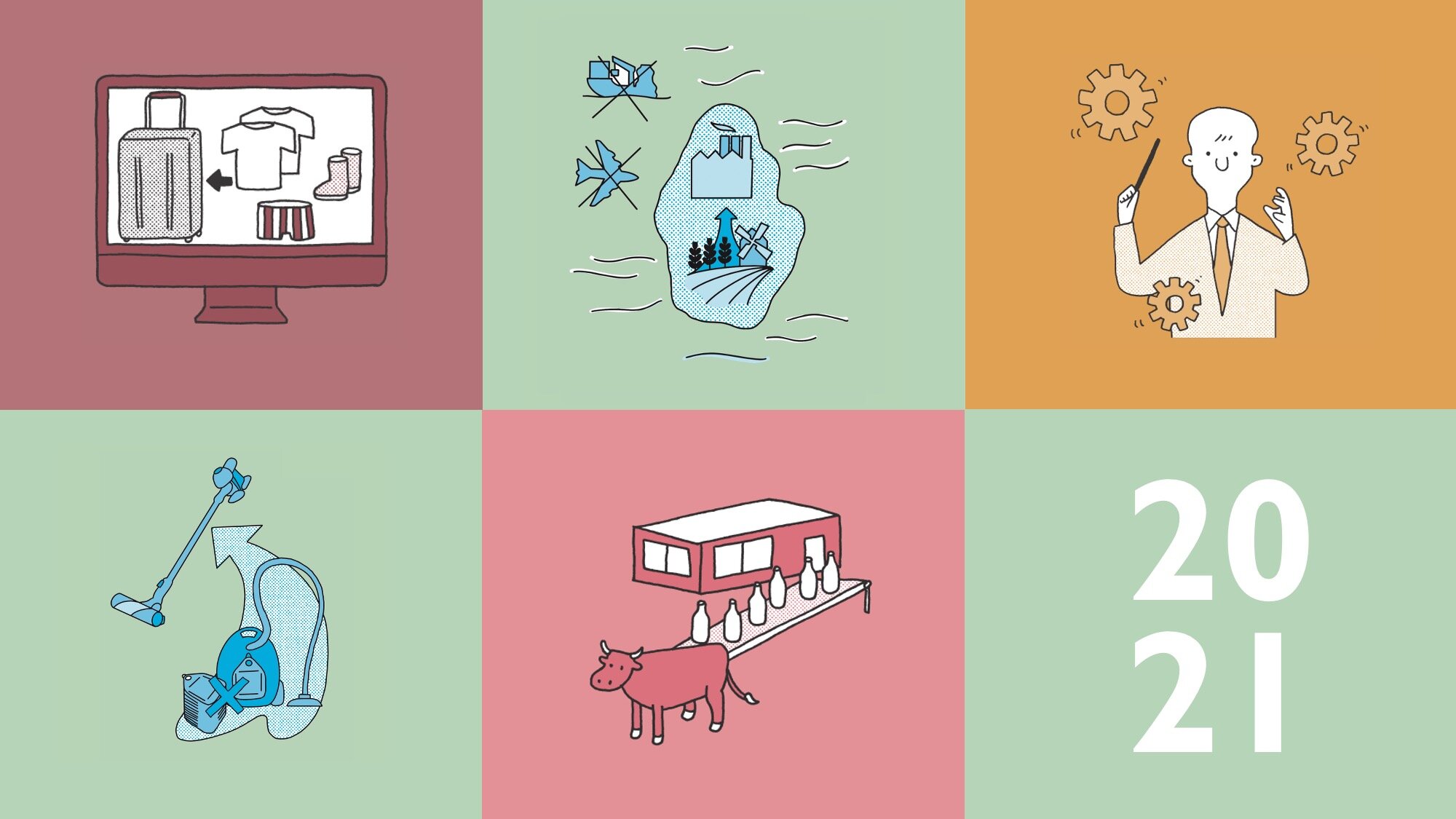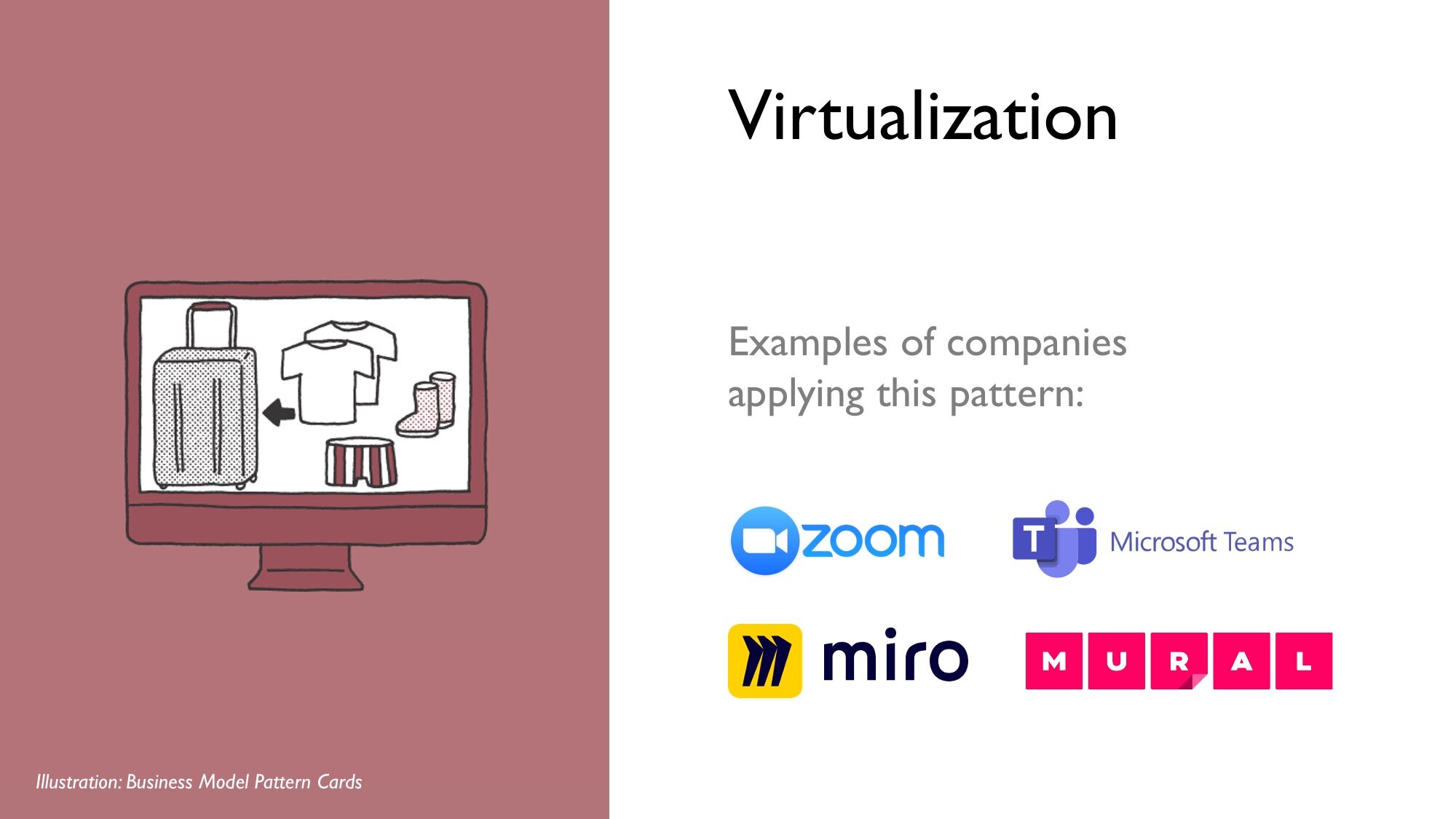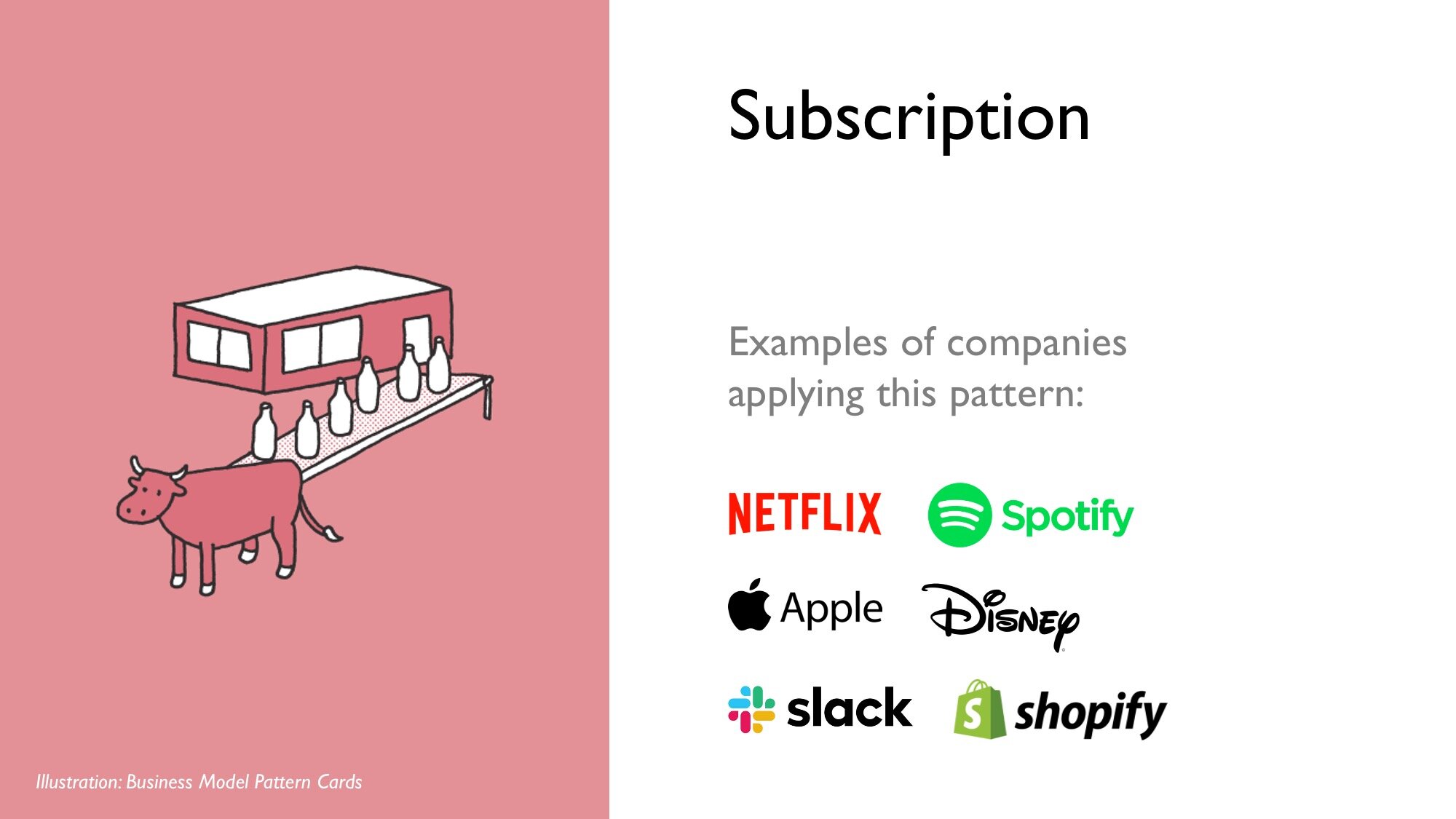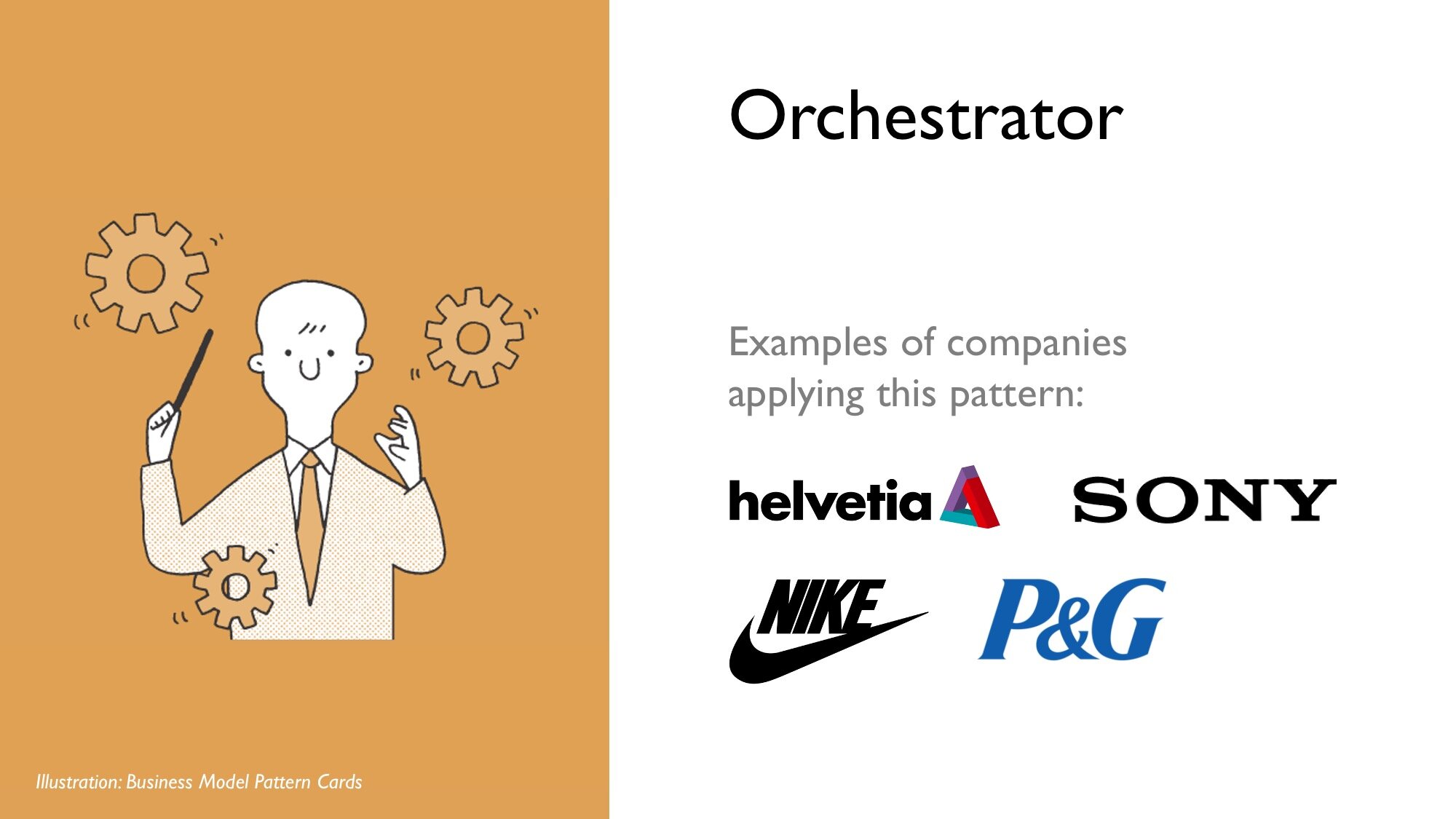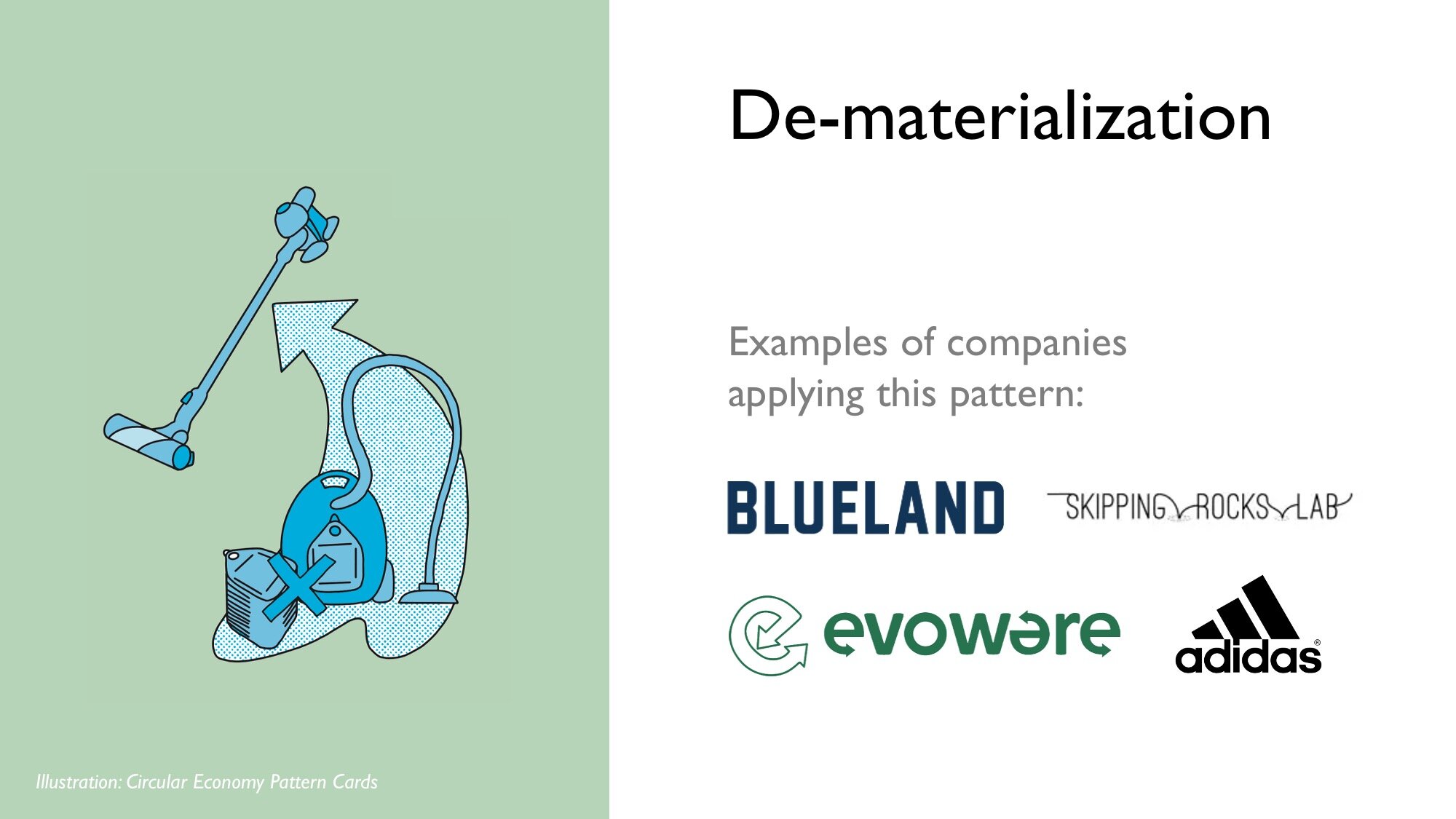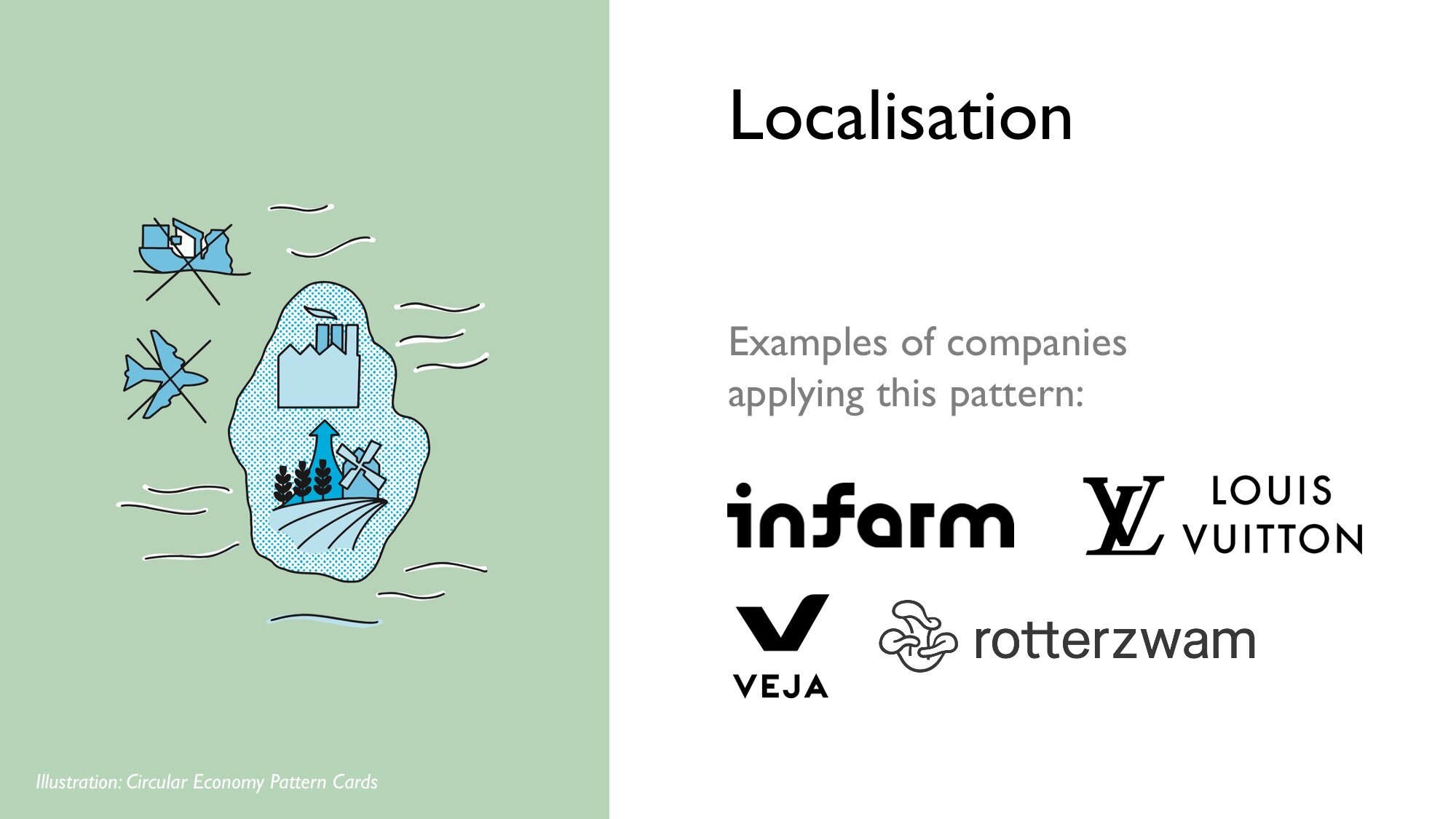The world is digital – that is, at least since the beginning of the COVID-19 pandemic. There are many current examples of digitization that are interesting and prove the importance of a robust business model. In France, during the second lockdown, all non-essential shops and bars are closed, including libraries and toy retailers. At the same time, Amazon, the largest online retailer in the world, is continuing its activities and even promoting the now-famous “Black Friday” more than ever. As political and societal discussions about the necessity to open book stores or ban Amazon’s “Black Friday” are heating up, it raises a question: How can traditional retailers (e.g. bookstores) survive in a world that is already heavily digitized?
The same question applies to B2B or even B2G companies. How can companies developing and producing hardware survive in a world where their product could, or will, be replaced by software?
The work of Prof. Dr. Oliver Gassmann and Prof. Dr. Karolin Frankenberger at the Institute of Technology Management, part of the Swiss University of St. Gallen, has shown that 90% of all business models are a recombination of 60 already existing business model patterns. And these 60 patterns can be used as blueprints to develop your own business model innovation, which lies in the understanding, translation, recombination and transfer of the patterns to your industry.
By applying this research to the current trend of global digitization, we have identified 5 business model patterns that you should follow in 2021 if you want your company to survive and create new value in a digital world.
BUSINESS MODEL PATTERN #1: VIRTUALIZATION
The virtualization pattern describes the imitation of a traditionally physical process in a virtual environment, e.g. a virtual workspace. The advantage for the customer is the ability to interact with the process from any location or on any device. In exchange, the customer pays for access to the virtual service.
In 2021, it will remain difficult to travel and meet people face-to-face. Remote work is establishing itself as the standard way of working via online meetings and workshops, supported by high-performing online collaboration tools. Zoom and Microsoft Teams are virtualizing the process of organizing and animating meetings and other kinds of working sessions; Miro and Mural are virtualizing the processes behind the content of these sessions.
Examples of companies applying this pattern:
BUSINESS MODEL PATTERN #2: SUBSCRIPTION
This second pattern describes a business model logic where a customer pays a regular fee, typically on a monthly or annual basis, in order to access a product or service. While customers usually benefit from lower usage costs and general service availability, the company generates a steadier income stream.
Everything can become a service. This is the new rule for several industries. Hardware providers intend to lower the investment barrier by offering “as-a-service” solutions, which lead to capital expenses being transformed into operational expenses. Slack (which, by the way, also virtualized the process of internal communication), Shopify and Hubspot make software accessible without consumers having to invest large amounts of money upfront. In the consumer market, the trend has been growing since the mid-2010s and the explosion of the streaming wave: anything from music, movies, TV shows, documentaries and gaming. From Netflix to Disney, Spotify or Apple, consumers don’t have to buy entertainment anymore: instead, they subscribe to entertainment services.
Examples of companies applying this pattern:
BUSINESS MODEL PATTERN #3: ORCHESTRATOR
Within this pattern, the company's focus is on the core competencies in the value chain. The other value chain segments are outsourced and actively coordinated. This allows the company to reduce costs and benefit from the supplier's economies of scale. Also, the focus on core competencies can increase performance.
According to McKinsey & Company, 30% of global sales will be generated beyond company and industry boundaries in 2025. This refers to partnerships in which three or more companies work together as equals to create a range of services that none of the parties could have offered alone. In this business ecosystem, the challenge for companies will be to master the orchestration of all competencies. For example, since the beginning of 2017, Helvetia has been working with the University of St. Gallen to jointly develop an ecosystem called HOME. During this year’s CES in Las Vegas, Sony surprised the entire world by presenting an electric concept car, the Vision-S, which incorporates an impressive embedded technology system. Sony partnered with world-leading companies – such as Bosch, Nvidia and Continental – to develop parts of the vehicle they were unable to design themselves.
Examples of companies applying this pattern:
BUSINESS MODEL PATTERN #4: DE-MATERIALIZATION
De-materialisation aims to create products that require less or no material, reducing the resources needed for production and logistics. This can be achieved by intelligent product design that allows the removal of certain materials or parts from a product while maintaining its functionality.
A study by the Gyre Institute in 2018 showed that the average plastic shopping bag is used for 12 minutes. If you think further, a coffee cup, a toothbrush, or a pair of running shoes are all made with finite materials and used for short periods of time before being disposed of. Based on these realities, the added value of the de-materialization pattern is clear. Companies like Blueland have developed household cleaning solutions that reduce single-use plastic containers and therefore resulting in savings in transportation weight as well as storage space. Adidas’ Futurecraft Loop is a 3D-printed shoe that leaves out all but one material. This removal allows for a simple recycling process, in which the used shoe can be shredded, melted and turned into pellets that can be repurposed into a new shoe.
Examples of companies applying this pattern:
BUSINESS MODEL PATTERN #5: LOCALISATION
This pattern describes a holistic view of how a company — or a circular ecosystem — is embedded in a particular geographical environment. The use of local resources within a geographically limited environment reduces negative environmental impacts stemming from energy consumption (e.g. through reduced logistical effort). The company can also increase control over its resource procurement.
The COVID-19 pandemic is a setback for globalization and free trade, and it will probably disrupt the way global production networks work for a very long time. Such development highlights how valuable local sourcing can be, for example, in the food industry. InFarm is an urban farming company that integrates indoor farming units in the vegetable departments of supermarkets. Their farms are remotely controlled to grow herbs and vegetables under ideal conditions. In addition, high dependence on suppliers from Asia in the pharmaceutical industry has led companies and politicians from Europe and the US to consider encouraging local supplies for critical medications and medical devices.
Examples of companies applying this pattern:
ADDED VALUE OF BUSINESS MODEL THINKING
By highlighting these 5 patterns and related real-life examples, we want to show the added value of business model thinking. Instead of trying to reinvent the wheel each and every time your company, or your industry, is being threatened and disrupted, it is more valuable to rely on the experience of successful companies and learn from them. Don’t forget that innovation is often a variation of something that has existed elsewhere: in a different industry, market or context.
If you feel the time has come to think about the consequences of digitalization for your startup, business unit or corporation, visit Business Model Navigator to learn more. Also, try BMI Lab’s newest Digital Ideation Lab to create solutions based on the 55+ business model patterns that prevent you from being disrupted in the digital world.

